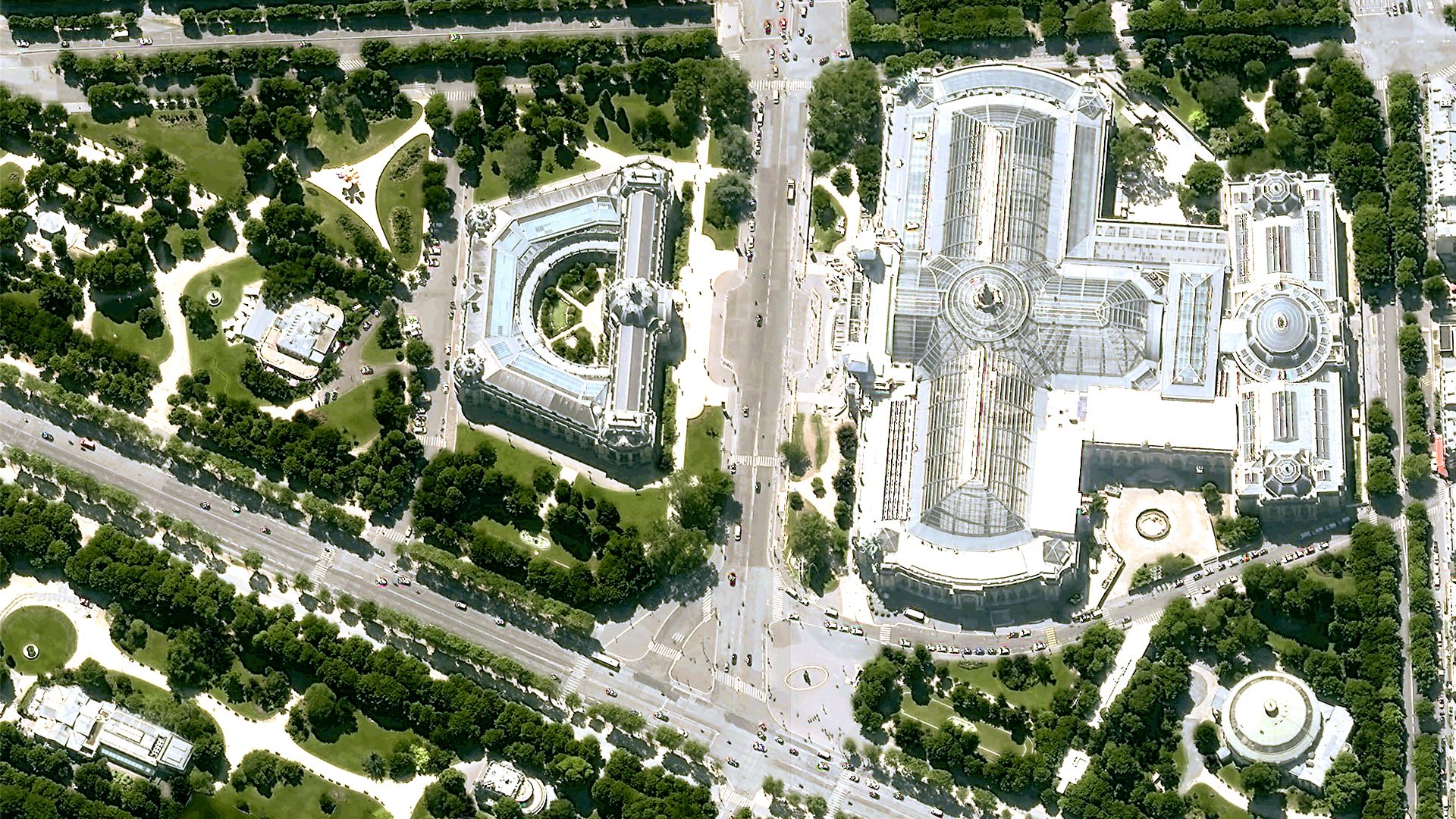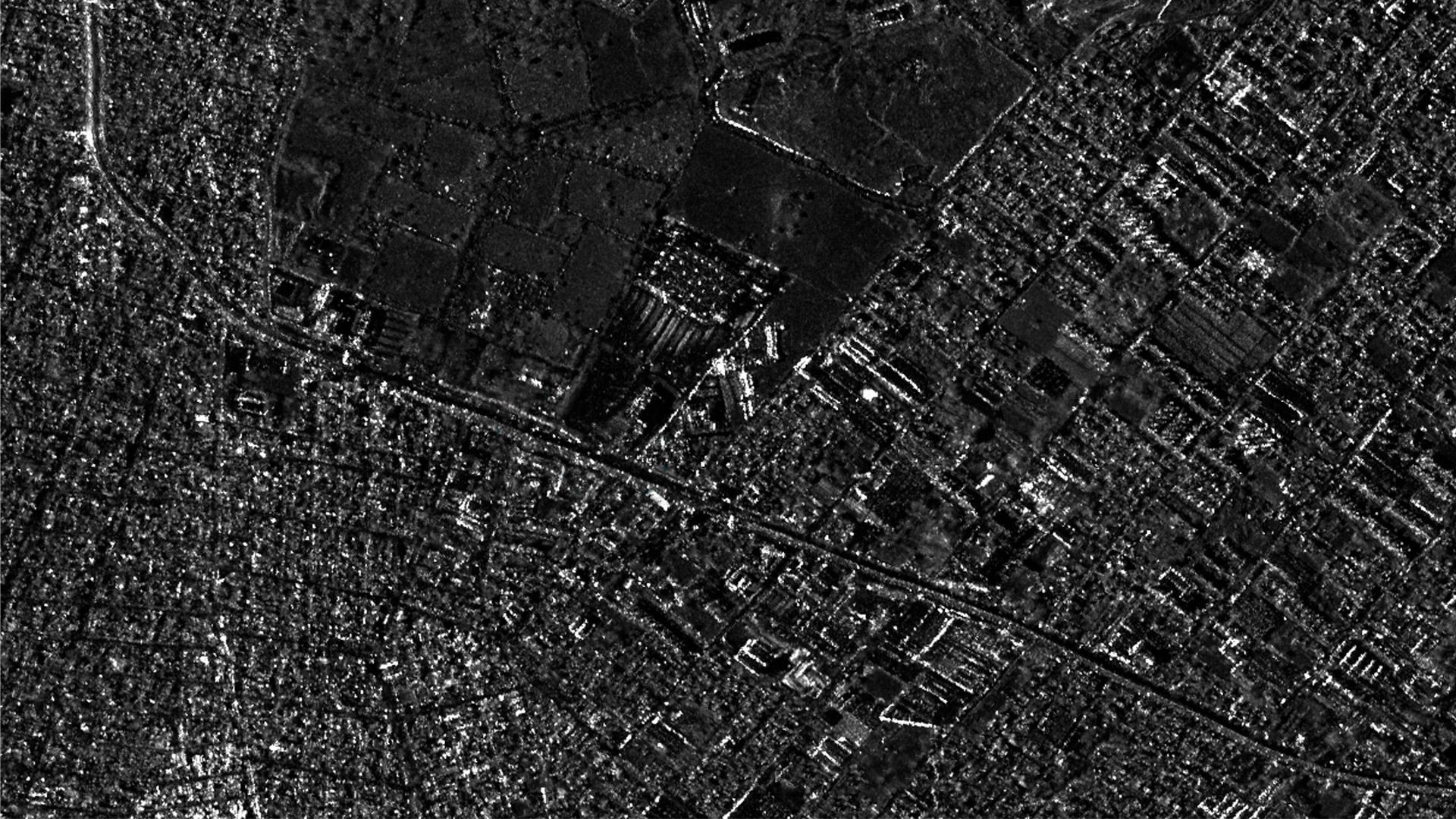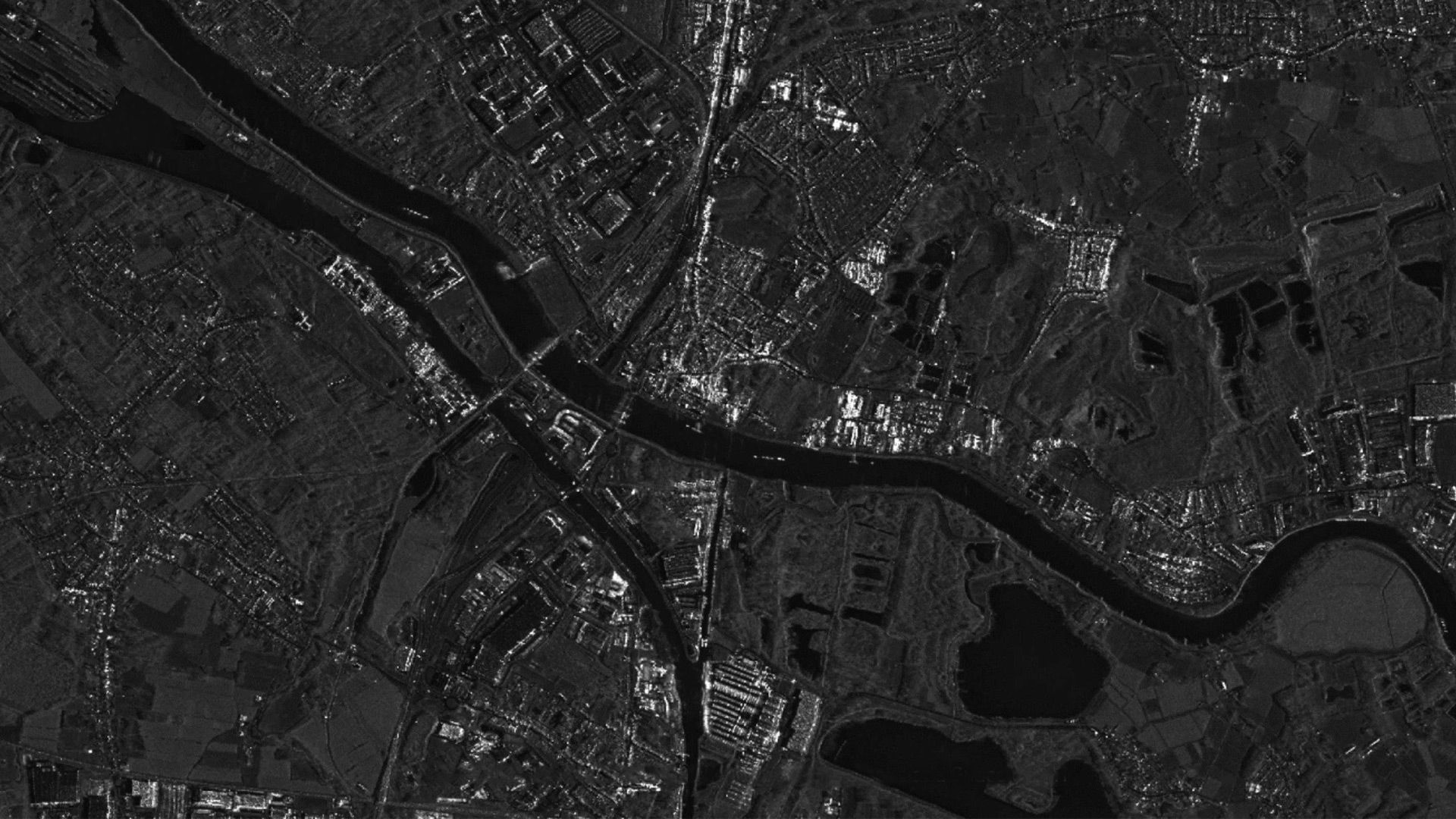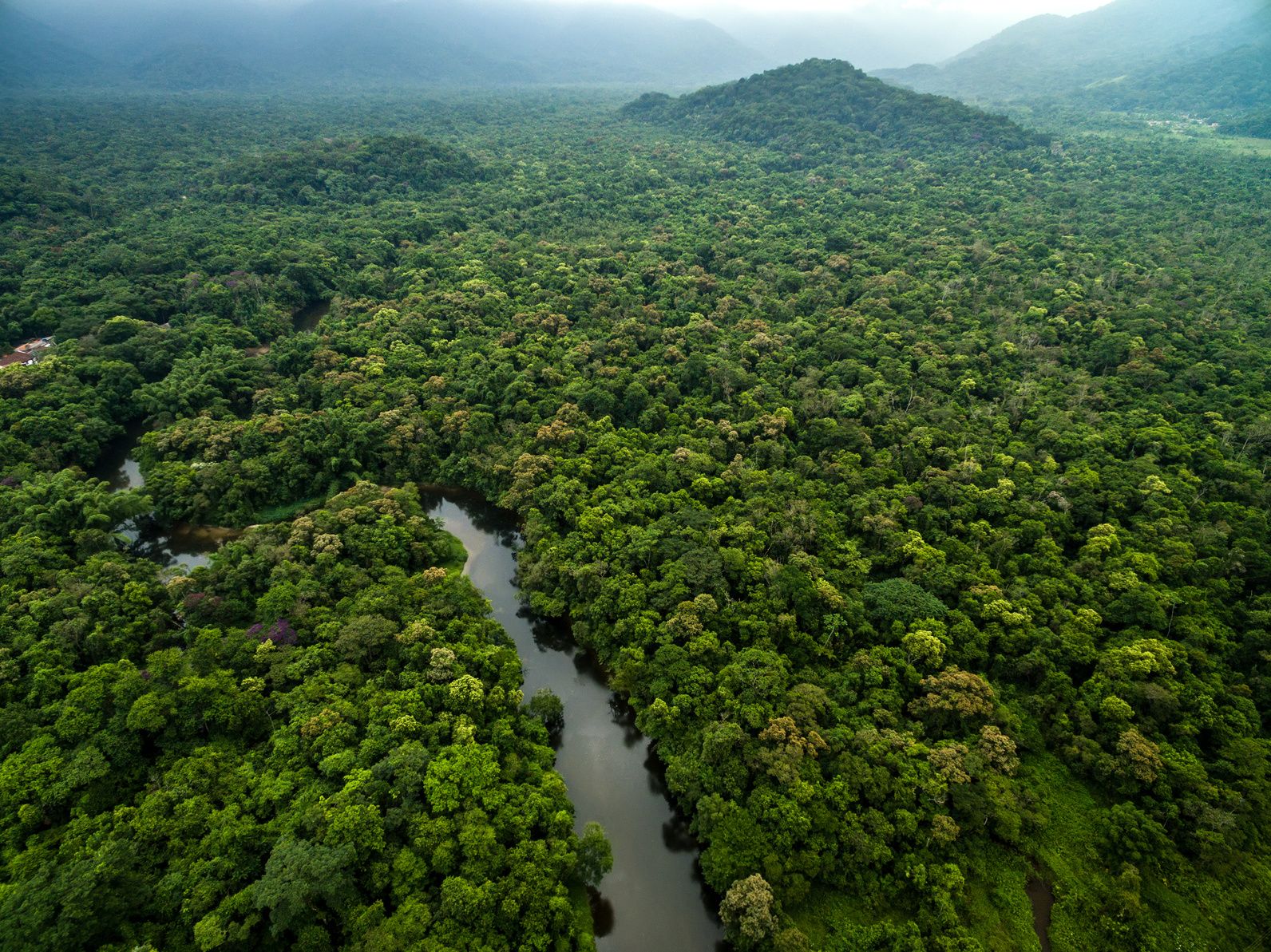
Home
Newsroom
Case Studies
Pléiades Neo
Precision Mapping of Urban Veg...
Precision mapping of urban vegetation using Pléiades Neo imagery
In 2022, Airbus Defence & Space Intelligence launched the Pléiades Neo Challenge, a call for projects offering free access to Pléiades Neo imagery.
The French public agency the CEREMA, which stands for Centre for Studies and Expertise on Risks, the Environment, Mobility and Urban Planning, was selected to test and implement Pléiades Neo imagery as part of the Green Urban Sat project. The aim of the project is to map and evaluate urban vegetation in order to help municipalities make decisions for the future.
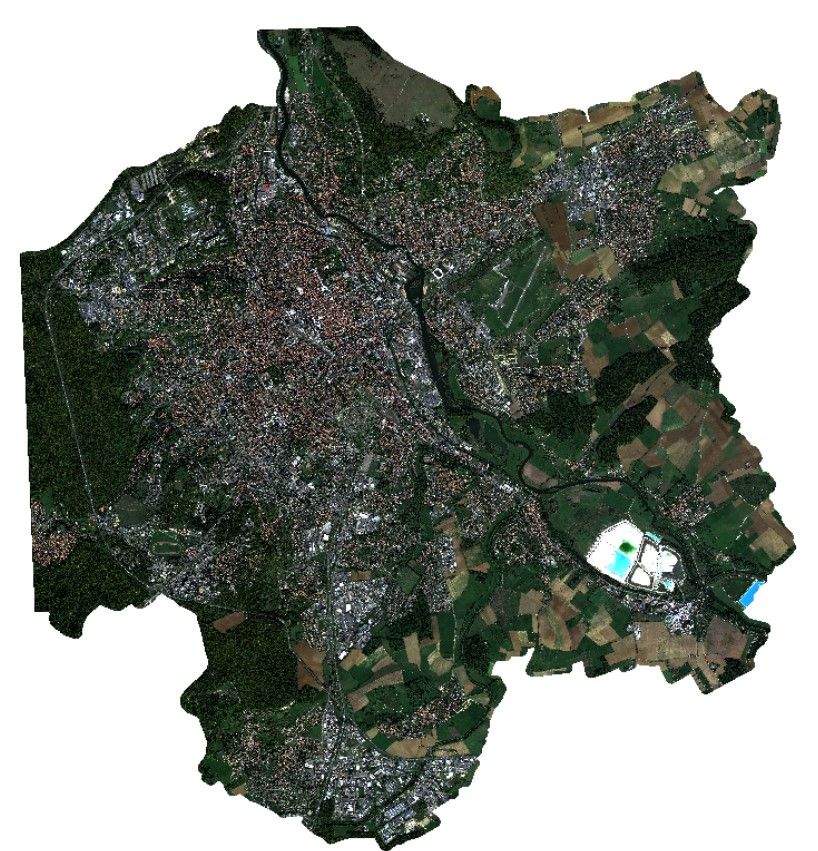
Cities are increasingly suffering from urban heat islands, pollution, runoff and other issues. Urban vegetation offers several Ecosystem Services (ES) to cope with many of these challenges, including local climate regulation, improved air quality, water cycle management, socio-cultural benefits and ecological continuity.
To manage and improve urban vegetation, municipalities face a critical challenge: precisely mapping urban vegetation and its characteristics.
As part of the Green Urban Sat project, funded by the Space Climate Observatory (CNES), the CEREMA has used Pléiades Neo imagery to evaluate its potential for mapping urban vegetation, specifically for precisely detecting vertical and horizontal strata.
The city of Nancy, France, has been used as a testing ground for this method.
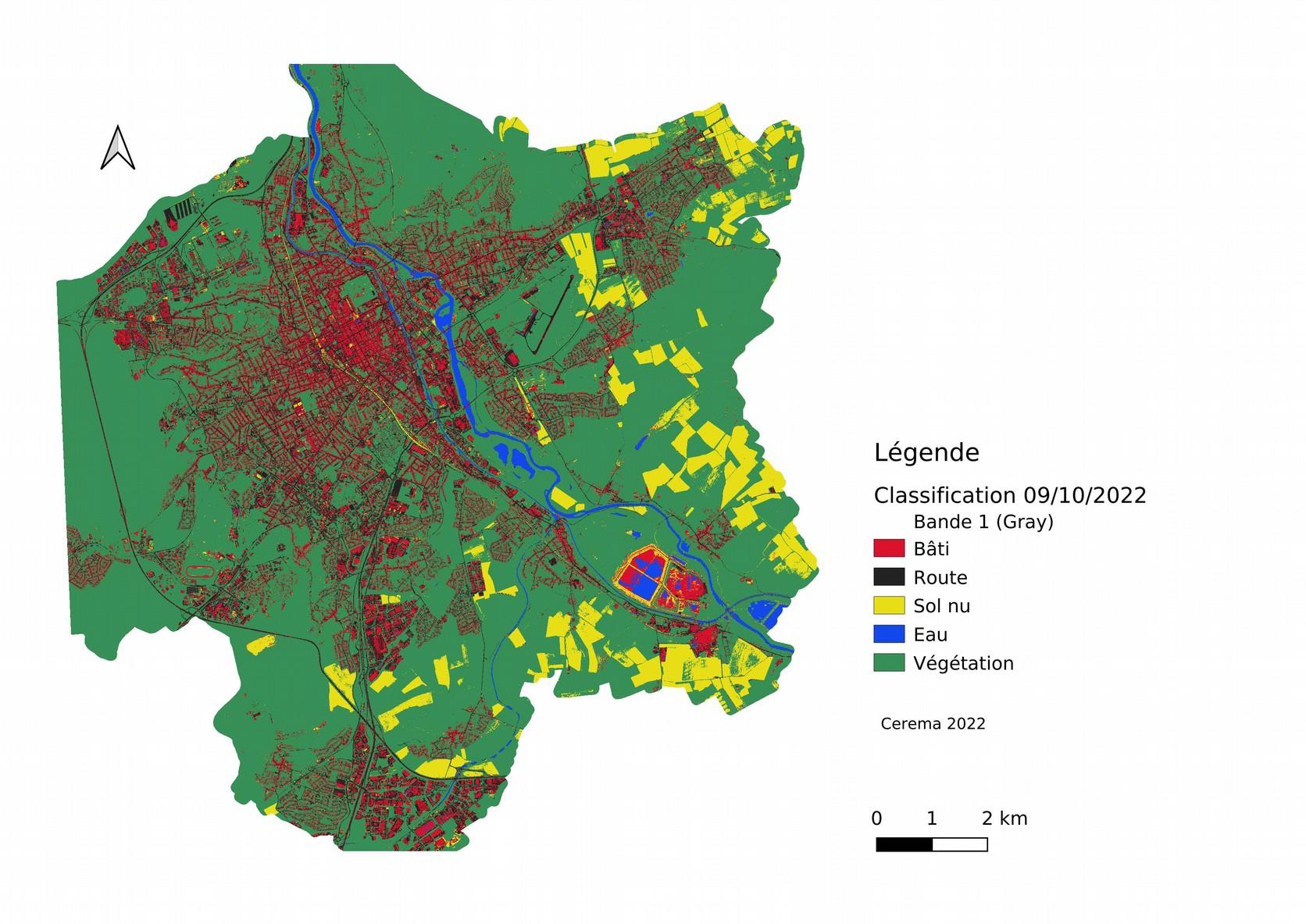
The CEREMA used two different type of satellites imagery for the analysis: Pléiades and Pléiades Neo.
• Pléiades imagery: includes multi-temporal and multi-angular acquisitions to discriminate vegetation across seasons, discriminate vertical strata and discriminate horizontal shapes
• Pléiades Neo tri-stereoscopic imagery: to detect vegetation with NDVI and supervised classification, using the advantages of the specific Red Edge-band.
The satellite imagery was used to help identify different areas: built up, road, bare soil, water and vegetation.

Benefits
This analysis has confirmed the strong potential of the new Pléiades Neo images for satellite-based urban space analysis, particularly for vegetation in the city, thanks to their very high spatial resolution and their 6 spectral bands.
Pléiades Neo imagery has many advantages for this application:
• Precise identification of plan forms, including the detection of smaller plant structures like shrubs
• The Red Edge band enables the monitoring of the phenological cycle and water stress of plants
• The very high-resolution of Pléiades Neo imagery allows for distinguishing between tree and herbaceous vegetation, with a high level of details on grass and, consequently, an heterogeneous texture.
Conclusion of the urban vegetation and biodiversity of Nancy
The CEREMA concluded that the city of Nancy can be rated at 5/10 for its urban vegetation and biodiversity indicator.
The demonstration over Nancy will be included in the GreenCity platform (TerraNIS). Also, the method will be replicated at a national and global scale.

Want to know more?
Our sales team will be happy to provide you more information about this case study and how it can meet your business needs.

